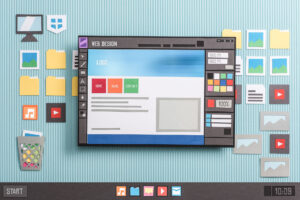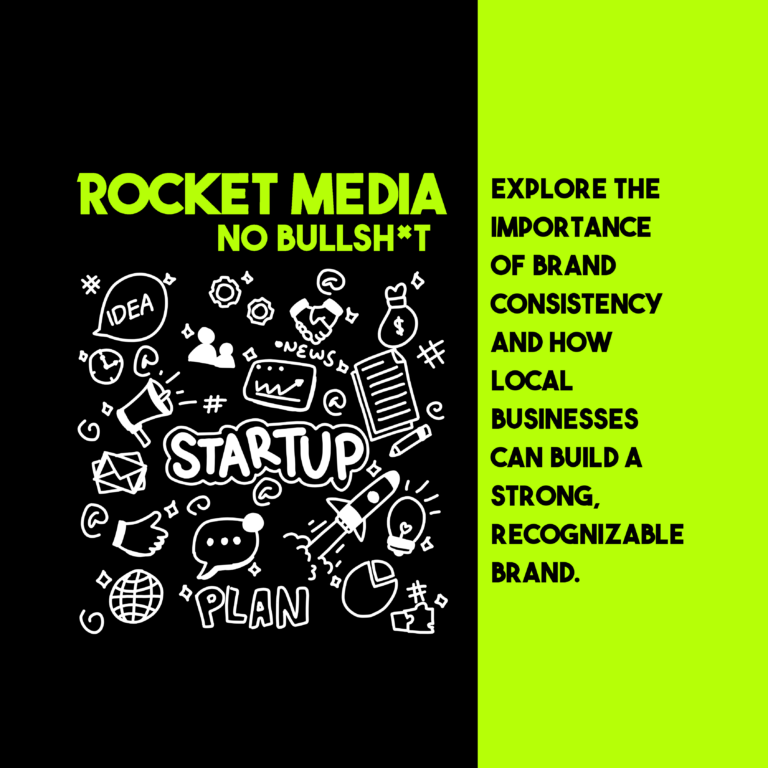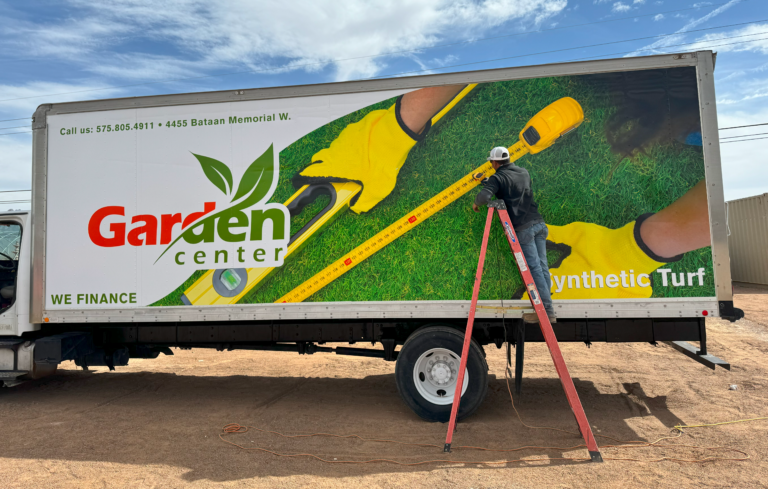Introduction
The Importance of Landing Page Design
In today’s digital age, your landing page serves as the virtual handshake between your brand and your prospective customers. A handshake can be firm or limp, welcoming or off-putting, and your landing page can elicit the same range of impressions. A poorly designed landing page is like a limp handshake; it’s an immediate turn-off that makes people wonder what else you’re getting wrong. On the other hand, an expertly designed landing page pulls visitors in, provides them value, and smoothly guides them towards the action you want them to take, whether it’s making a purchase, signing up for a newsletter, or requesting more information. Wolfies can provide you with an expertly designed landing page that portrays your message perfectly and makes a positive lasting impression.

What to Expect in This Article
Not only will you get step-by-step guidance on all the key aspects of landing page design, but you’ll also gain insights into the psychology and strategy behind these elements. You’ll understand what colors are more likely to put your visitors in a buying mood, why certain fonts can make your message more believable, and how to use visuals to capture attention. Basically, this article aims to be your A-to-Z guide for creating a landing page that not only looks great but also performs exceptionally well.
Key Elements of Landing Page Design
Headline
Your headline should be the climax of your elevator pitch. It should encapsulate the essence of your offer in a bite-sized, easily digestible format. And it needs to do this quickly because you only have a few seconds to grab attention. But the headline also carries another subtle yet significant function: it sets the tone for the entire page. If you can pique interest here, the visitor is more likely to give the rest of the page—and by extension, your product or service—a chance.
Subheadline
While the headline grabs attention, the subheadline holds it, providing just enough information to keep the visitor interested without overwhelming them. It’s the secondary pitch, the supporting argument, the additional flavor that transforms a one-note interaction into a symphony of engagement. It provides the context or expands upon the headline, drawing the reader into the story you’re about to unfold.
Imagery
While stock photos might seem like a quick and easy solution, they’re often too generic to form a strong connection with your audience. Instead, opt for custom images or professionally shot photos that showcase your product, service, or even happy customers using your product. Video content is also a potent tool; a well-crafted video can deliver your message quickly and efficiently, creating an emotional connection that text alone often can’t achieve.

Call-to-Action (CTA)
Your CTA should be a culmination of everything the visitor has seen and read so far. If you’ve done your job well, by the time they reach the CTA, they should be primed to take action. But remember, a CTA is not just about the button; it’s also about the surrounding elements. For example, using a contrasting color for your CTA button can make it stand out more. Using directional cues, like arrows or images of people looking towards the CTA, can also subtly guide the visitor’s attention to where you want it.
Social Proof
Social proof isn’t just about showcasing glowing testimonials; it’s about establishing credibility. If you have certifications, accolades, or partnerships with well-known companies, this is the place to showcase them. Social media counts, such as the number of followers or likes, can also serve as social proof, as can statistical evidence of your product’s effectiveness.
Technical Aspects
Responsiveness
With mobile internet usage overtaking desktop, having a mobile-responsive design is not just an option—it’s a necessity. Google also takes mobile-friendliness into account for its search rankings, so a responsive design is essential for SEO as well. Implement a mobile-first approach, making sure your landing page looks great and functions well on smaller screens, and then scale up to desktop.
Loading Speed
Remember that people’s attention spans are shorter than ever. When they click on a link to your landing page, they expect it to load almost instantaneously. Any delay can result in a loss of interest and, ultimately, a loss of a potential customer. Using tools like Google PageSpeed Insights can provide a roadmap for improvement, identifying elements that are slowing down your page.

SEO Optimization
Apart from the obvious on-page elements like title tags and meta descriptions, don’t forget about Schema Markup. This is a code that you put on your website to help search engines provide more informative results for users. Local businesses can particularly benefit from using Schema Markup to provide specific information about their services, ratings, location, operating hours, and even menu items if applicable.
Design Psychology
Colors
The interplay of colors on your landing page is not something to be decided on a whim. Different color combinations can have different psychological impacts on visitors. Contrasting colors can create focus and draw attention to particular elements like your CTA. Complementary colors can provide a sense of balance and harmony, while triadic color schemes can add vibrancy to your design.
Typography
Typography isn’t just about choosing a “nice” font; it’s about readability, legibility, and overall user experience. For example, fonts with a large x-height are generally easier to read on screens. Similarly, ample line spacing and paragraph breaks can make your content more scannable and less intimidating, encouraging users to actually read it.
Layout
Not all layouts are created equal. Grid layouts, for instance, provide a clean, organized look, which can be particularly beneficial for content-heavy landing pages. Card layouts, popularized by platforms like Pinterest, can be useful for segmenting different types of content or products. And then there’s the single-column layout, which is especially effective for mobile responsiveness, guiding the visitor’s eye in a straight, logical flow from top to bottom.
Content Strategy
Copywriting
Using persuasive language techniques like the rule of three, power words, and rhetorical questions can add impact to your copy. Ensure that your copy answers the “What’s in it for me?” question from the visitor’s perspective. Good copy addresses pains, presents solutions, and guides the user to the next step in their journey with your brand.

A/B Testing
Remember, what you think is the best design may not actually be the most effective for conversions. That’s why A/B testing is essential. Run A/B tests on various elements, not just your headline or CTA. Test different layouts, color schemes, and even navigation options. Collect data, analyze it, and then refine your landing page based on those insights.
Conclusion
Final Thoughts
At the end of the day, landing page design is about creating an engaging, intuitive experience for your visitors, one that guides them toward taking a desired action without making them feel pressured or overwhelmed. It’s an art as much as it is a science, requiring a delicate balance of aesthetic appeal, psychological triggers, and technical finesse.

Next Steps
Armed with this comprehensive guide, you’re well-equipped to start designing or optimizing your landing page. However, remember that the digital landscape is always evolving. Stay updated on the latest design trends, consumer behavior insights, and technological advancements to keep your landing page not just current, but ahead of the curve. Wolfies is always here to help, and we can get you the perfect landing page thanks to our amazing team!




